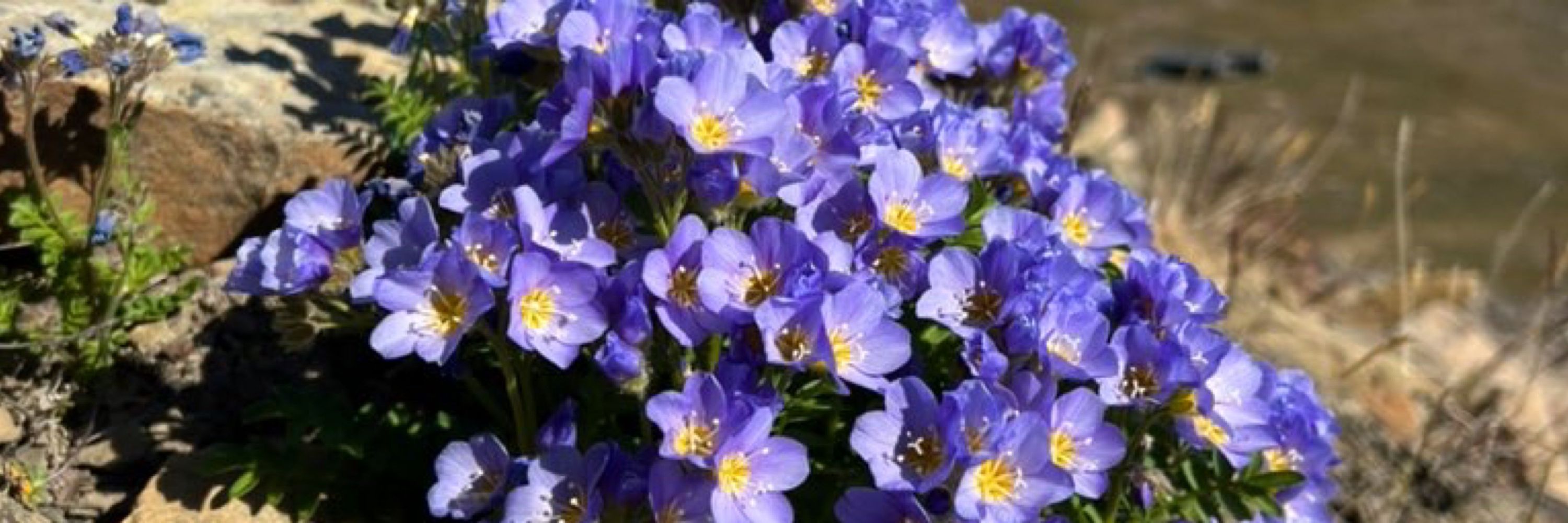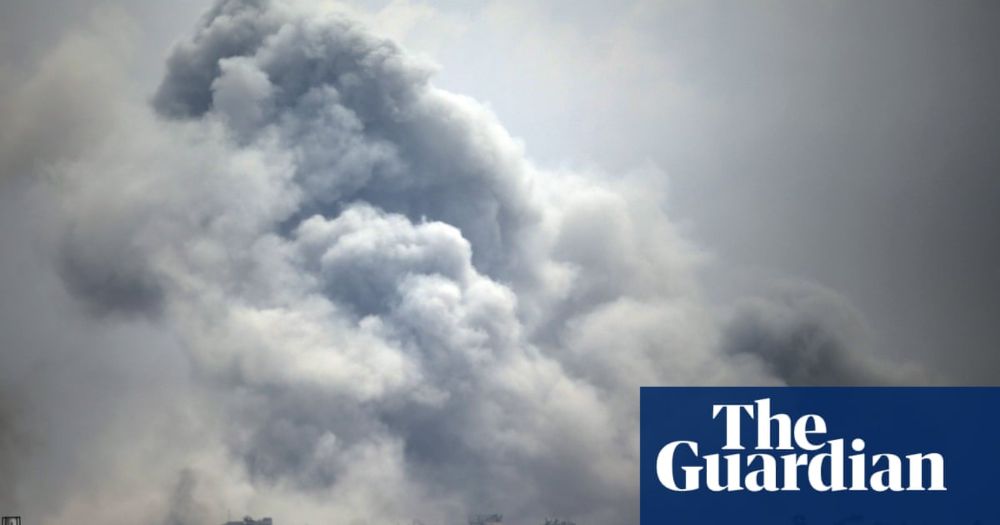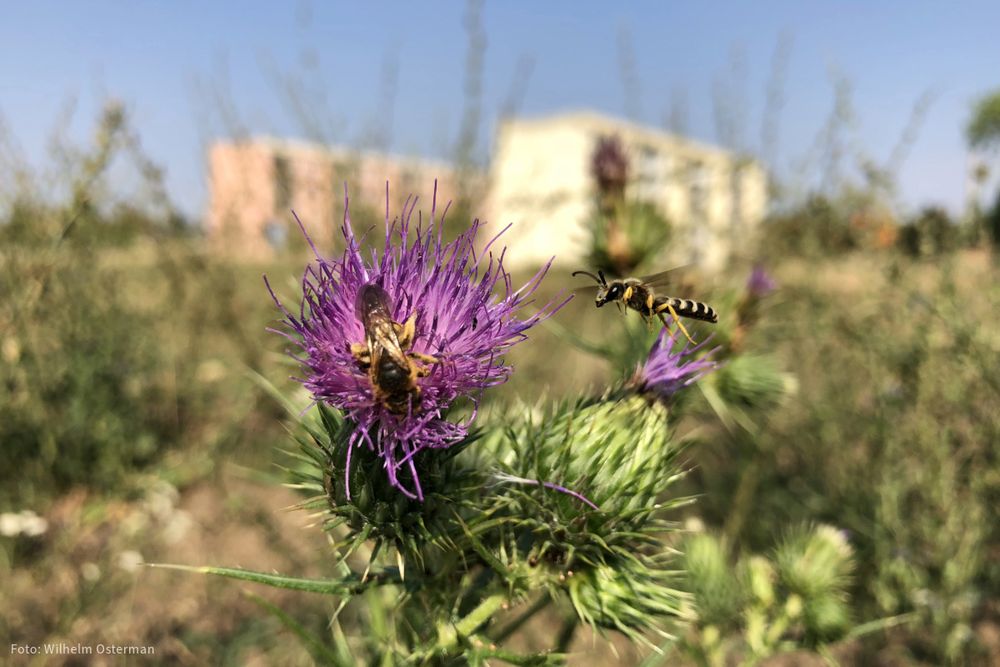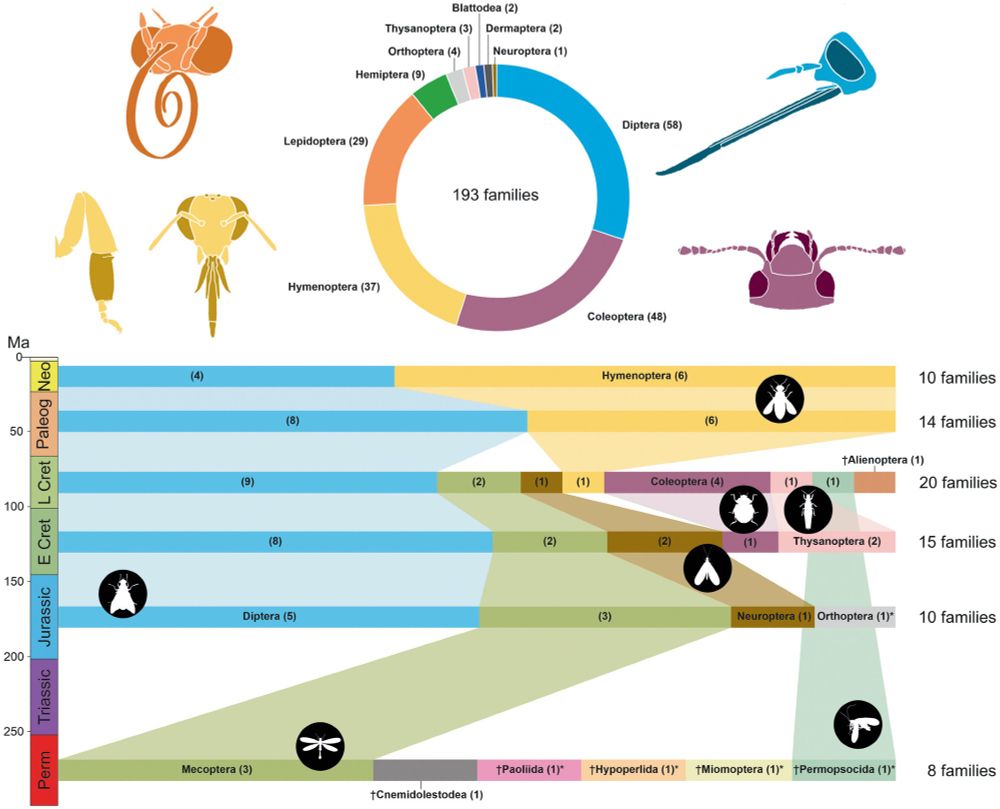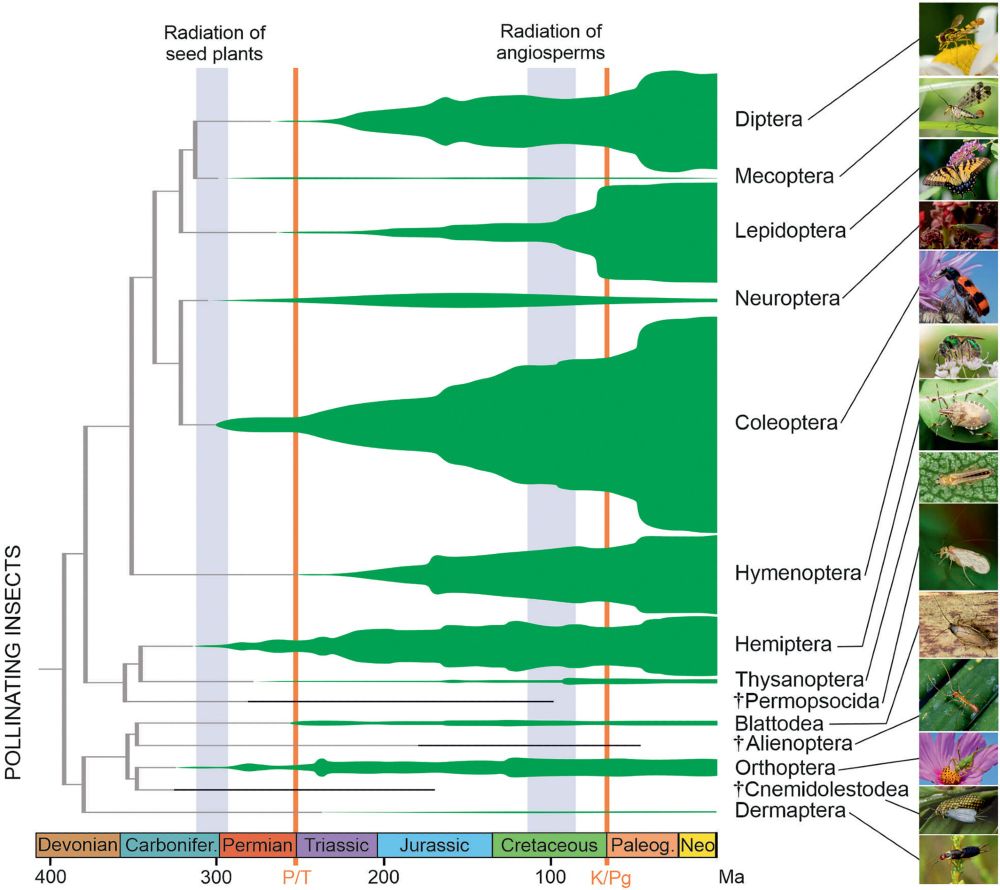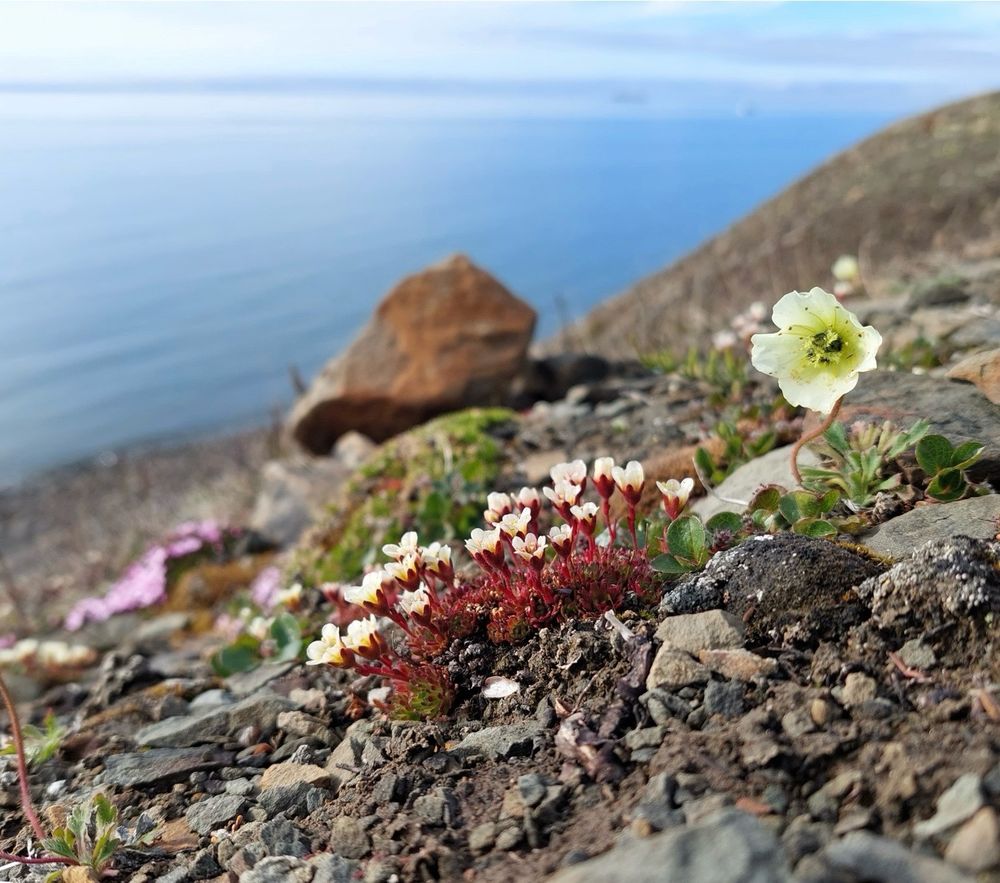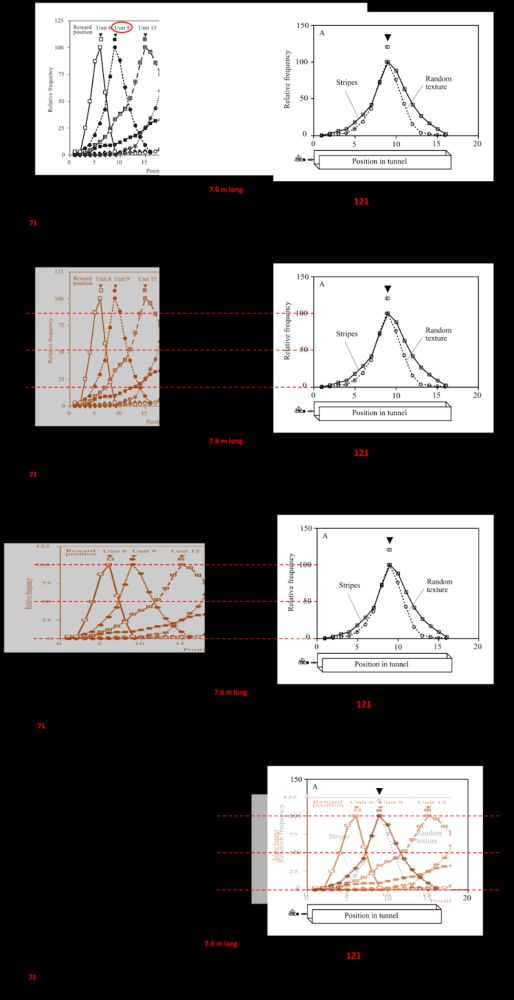Wilhelm Osterman
@wilosterman.bsky.social
360 followers
430 following
22 posts
Ecologist, entomologist and botanist. Ph.D student at Gothenburg university
Posts
Media
Videos
Starter Packs
Reposted by Wilhelm Osterman
Jack A Brand
@jack-brand.bsky.social
· May 30

Ecology needs a causal overhaul
Ecology has yet to embrace causal inference, yet most questions in ecology are causal. Despite the common use of terms that imply causation, such as “shapes”, “drives”, or “impacts”, many studies shy...
onlinelibrary.wiley.com
Reposted by Wilhelm Osterman
Reposted by Wilhelm Osterman
Wilhelm Osterman
@wilosterman.bsky.social
· Feb 14
Wilhelm Osterman
@wilosterman.bsky.social
· Feb 11
Wilhelm Osterman
@wilosterman.bsky.social
· Feb 11

The ecology of polyploid establishment and exclusion, with implications for polyploid biogeography
The relationship between polyploid formation, triploid fitness and plant reproduction has been studied for over a century, and uniparental reproduction has long been recognized to play a crucial role...
doi.org
Wilhelm Osterman
@wilosterman.bsky.social
· Feb 10
Reposted by Wilhelm Osterman
Wilhelm Osterman
@wilosterman.bsky.social
· Feb 10
Reposted by Wilhelm Osterman
Wilhelm Osterman
@wilosterman.bsky.social
· Nov 25
Dustin Marshall
@djmmeeg.bsky.social
· Nov 7
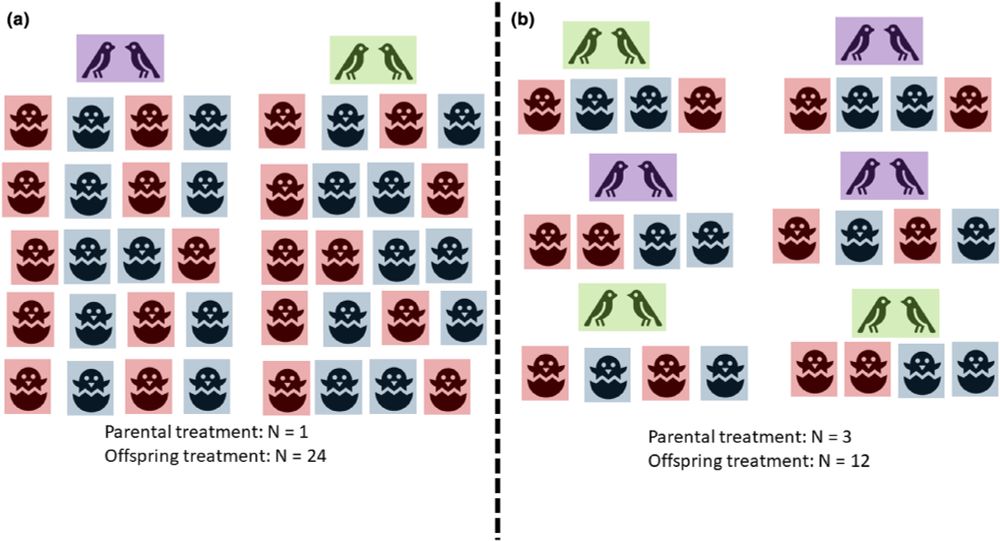
Principles of experimental design for ecology and evolution
Here I argue that we do not discuss experimental design, often until it is too late. This editorial seeks to begin a conversation about how and where to replicate appropriately.
onlinelibrary.wiley.com
Wilhelm Osterman
@wilosterman.bsky.social
· Nov 24
Wilhelm Osterman
@wilosterman.bsky.social
· Nov 23
Wilhelm Osterman
@wilosterman.bsky.social
· Nov 22
Wilhelm Osterman
@wilosterman.bsky.social
· Nov 22
